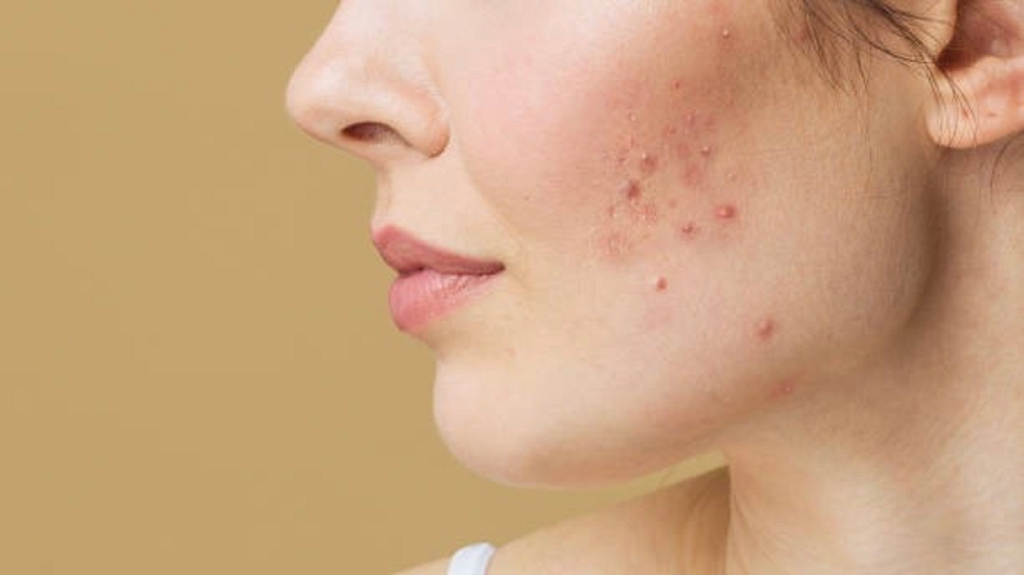Acne scars and chicken pox scars can be frustrating to deal with, but there are several treatments available that can help improve their appearance. Here are some common options:
- Dermal Fillers:
- Fillers such as hyaluronic acid can be injected into depressed scars to raise them up to the level of surrounding skin, making them less noticeable.
- Microneedling:
- Microneedling involves using tiny needles to create controlled micro-injuries in the skin, stimulating collagen production and helping to fill in scars and improve skin texture.
- Chemical Peels:
- Superficial to medium-depth chemical peels can help improve the appearance of shallow acne scars and chicken pox scars by promoting skin regeneration and collagen production.
- Laser Treatments:
- Laser skin resurfacing treatments, such as fractional laser therapy or ablative lasers, can effectively smooth out scars by removing the outer layer of skin and stimulating collagen production.
- Microneedle Radiofrequency (RF):
- This combines microneedling with radiofrequency energy to deliver heat deep into the skin, promoting collagen production and improving the appearance of scars.
- Platelet-Rich Plasma (PRP) Therapy:
- PRP therapy involves using the patient’s own platelets, derived from their blood, to stimulate healing and collagen production, which can improve skin texture and reduce the appearance of scars.
- Subcision:
- This procedure involves breaking up fibrous bands beneath the scar tissue with a needle or blade, allowing the depressed scar to rise to the level of surrounding skin.
- Punch Excision or Punch Grafting:
- For deeper or more stubborn scars, punch techniques can be used to remove the scar tissue and either suture the edges together (punch excision) or graft new skin onto the area (punch grafting).
- Topical Treatments:
- While not as effective for deep scars, certain topical treatments containing retinoids, vitamin C, or other ingredients can help improve skin texture and appearance over time.


The choice of treatment depends on the type and severity of the scars, as well as individual skin characteristics. It’s important to consult with a dermatologist or skincare specialist who can assess your specific condition and recommend the most suitable treatment plan for you.

